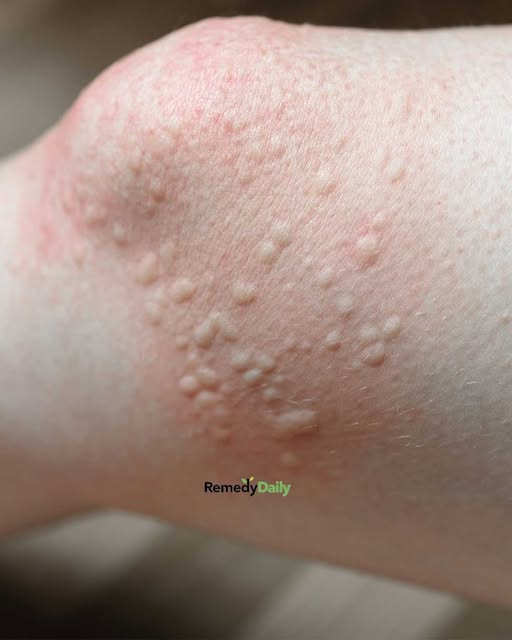Got these raised bumps near my knees. Doctor’s appt is far away. What should I do? What is it?
Got These Raised Bumps Near My Knees? Doctor’s Appointment Is Far Away — What Should I Do?
If you’ve discovered raised bumps near your knees, it’s natural to feel a bit worried—especially when your doctor’s appointment is days or even weeks away. Fortunately, there are practical steps you can take right now to monitor and manage the condition. While this article won’t replace a medical diagnosis, it will guide you through understanding possible causes and caring for your skin while you wait for professional help.
Step-by-Step: Understanding and Managing Raised Bumps Near the Knees
Step 1: Observe the Appearance of the Bumps
Before jumping to conclusions, take a careful look at the bumps:
- Are they red, white, or flesh-colored?
- Are they itchy, painful, or painless?
- Do they feel hard or soft to the touch?
- Are they in a cluster or scattered?
Take clear photos and note any changes. This record will help your doctor later.
Common possibilities:
- Keratosis pilaris (chicken skin): Small, rough, painless bumps—often genetic.
- Folliculitis: Infected or inflamed hair follicles; often itchy or red.
- Allergic reaction or contact dermatitis: Triggered by soaps, lotions, or clothing.
- Eczema or psoriasis: Chronic, often itchy skin conditions.
- Insect bites: Usually red, itchy, and can appear in clusters.
- Cysts or lipomas: Deeper under the skin, typically not itchy, sometimes movable.
Step 2: Cleanse Gently
No matter the cause, keeping the area clean is essential.
How to:
- Use lukewarm water—avoid hot water as it can irritate the skin.
- Choose a mild, fragrance-free cleanser (like Cetaphil or CeraVe).
- Gently pat the area dry with a clean towel—no rubbing.
Do this twice daily to prevent infection and reduce irritation.
Step 3: Avoid Scratching or Picking
Resist the urge to scratch or squeeze the bumps. This can:
- Worsen inflammation
- Cause scarring
- Introduce bacteria and lead to infection
If they’re itchy, move to the next step.
Step 4: Apply a Soothing Topical Treatment
Depending on your symptoms, try one of the following over-the-counter options:
- For itching/redness: Use a low-strength hydrocortisone cream once or twice a day.
- For dry, rough texture (possible keratosis pilaris): Try a lotion with urea, lactic acid, or salicylic acid (e.g., AmLactin or CeraVe SA).
- For suspected allergic reaction: Apply calamine lotion or take an oral antihistamine like cetirizine (Zyrtec) or loratadine (Claritin).
Do a patch test first to ensure no further irritation.
CONTINUE READING ON THE NEXT PAGE

